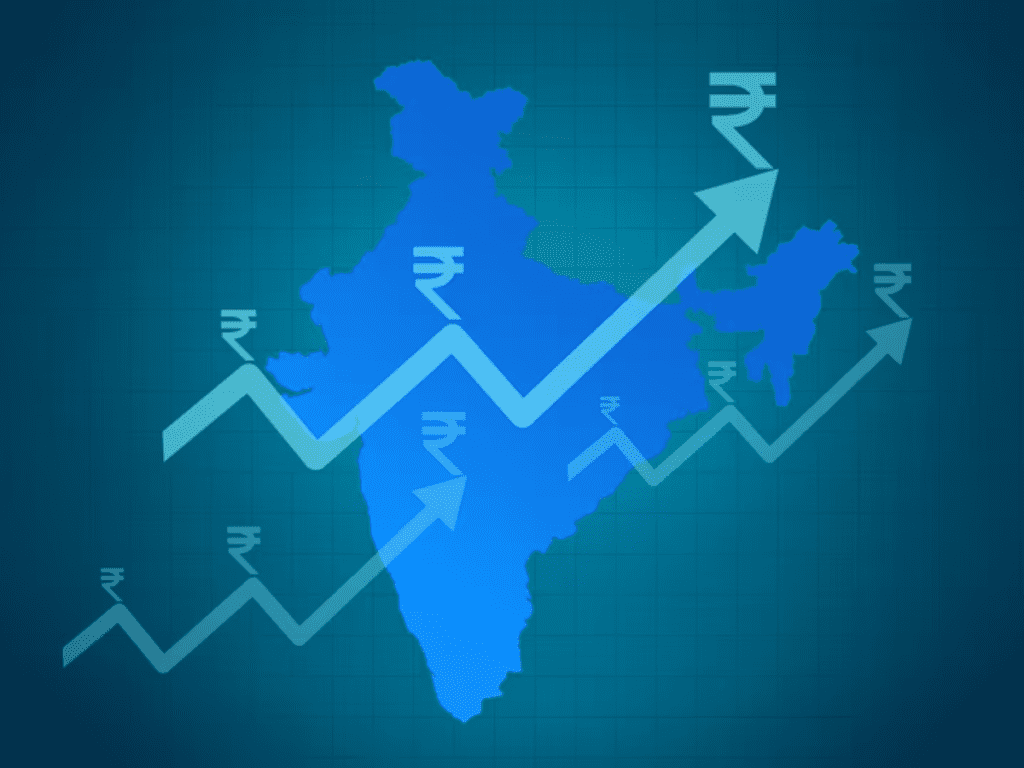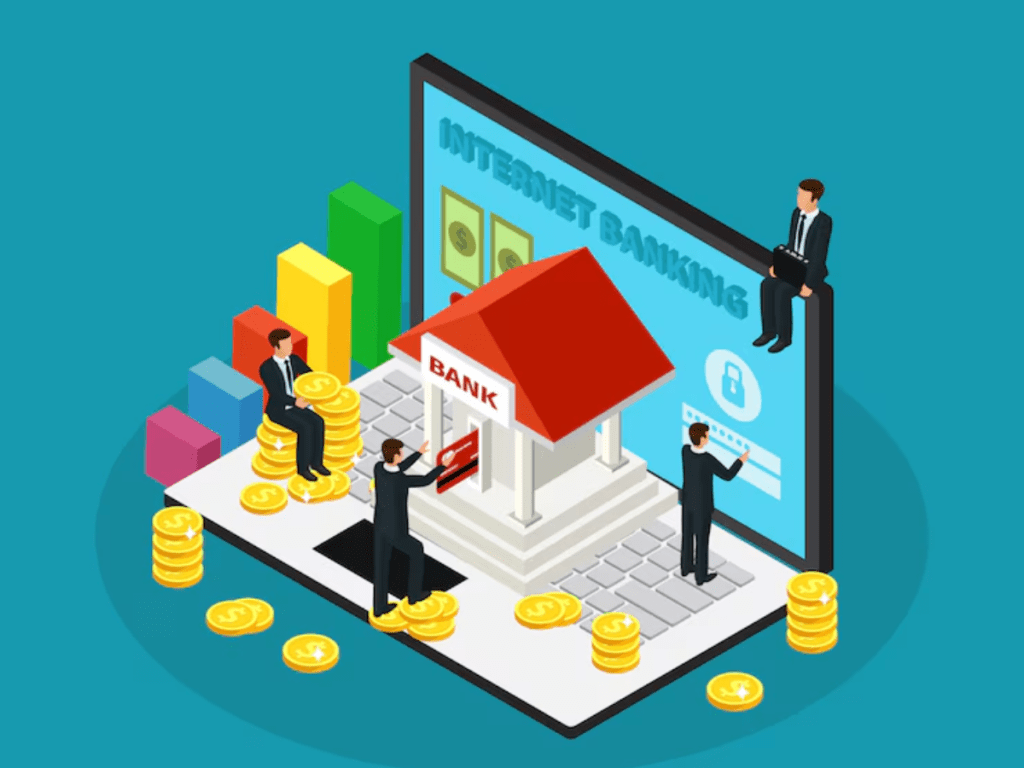Introduction
The manner in which individuals shop and make payments has changed radically over the last few decades, and one of the most important changes has been the emergence of Buy Now, Pay Later (BNPL) programs. These services have gained popularity in recent years as they offer consumers a more convenient, interest-free substitute for old-fashioned loans and credit cards. They enable consumers to buy products and services at the point of sale and pay for them later. This article examines the evolution of BNPL programs, considers how they compare to traditional consumer loans, and discusses their influence on consumers, retailers, and the financial industry as a whole.
Origins of Buy Now, Pay Later Services
Buy Now, Pay Later services do not have ancient origins, although the idea dates back to ancient installment plans and layaway that have been used for decades. These older credit options enabled buyers to hold onto a product after paying in instalments prior to taking delivery of the product. The contemporary form of BNPL services, though, started materializing in the early 2010s. Firms such as Afterpay, Klarna, and Affirm led the expansion of BNPL by providing flexible, short-term payment terms for consumers. These services were initially offered mostly for online shopping, where customers could shop at home and choose an installment option to pay over weeks or months.
Relative to old-fashioned use of credit cards or personal loan products, BNPL services offered a more approachable and more simple alternative. They gained broad acceptance very swiftly, especially by millennials and members of Gen Z, who needed an alternative approach to managing funds without getting entrapped in credit card debt pitfalls associated with large amounts of high-interest charges. The services were interest-free if settled within the agreed timeframe, transparent, and easy to use, offering a welcome choice for most consumers.
The Growth of Buy Now, Pay Later Programs
BNPL services have experienced rampant growth since their introduction. They initially started with a few online stores but now come integrated with millions of merchants globally. This expansion was partly fueled by a large change in the spending behavior of consumers, particularly following the 2008 financial crisis. Consumers were looking for alternatives to mainstream credit products, which were frequently accompanied by high interest rates and fees. BNPL services came as an answer to this issue, providing low-interest or even interest-free credit facilities for large and small purchases.
Additionally, the growth of e-commerce and mobile shopping has spurred the popularity of BNPL services. Consumers, especially younger generations, are used to buying on the go through their smartphones. BNPL services, which can be seamlessly embedded into the checkout process of most online merchants, became a natural extension for this mobile-first consumer base. The frictionless experience, combined with instant approval, made BNPL an appealing financing option.
The fact that consumers could buy now and pay later without having to concern themselves with making large payments upfront enabled them to control their budgets more effectively, and in most instances, avoid credit card debt. Consequently, BNPL providers increased in number, and their market share expanded, particularly in markets such as North America, Europe, and Australia.
How Buy Now, Pay Later Programs Work
Fundamentally, BNPL programs are intended to enable consumers to buy now and pay later over a few weeks or months. The payment schedule is usually a sequence of equal payments due at fixed intervals, for example, every two weeks or monthly. Most BNPL programs are advertised as interest-free, provided the consumer pays up on time. If the payment schedule is followed, there are no extra fees, which makes it a less uncertain and more manageable choice for consumers who might not have the instant funds to pay for an expensive purchase.
The BNPL application process is easy and frequently done within a matter of minutes. The shopper selects their desired product or service, opts for the BNPL payment option during checkout, and is quickly approved for financing, sometimes with no credit check. This accessibility has made BNPL particularly popular among younger shoppers who might not have a well-established credit history or those who don’t wish to use conventional credit cards.
Once approved, the consumer is given a repayment schedule. In most instances, the BNPL provider will send reminders to make sure that the consumer remains on schedule with their payments. Failure to make a payment can incur late fees, but some BNPL schemes have extended payment periods or leniency to take in consumers who might experience financial distress. Still, even though flexibility is available under most BNPL plans, the consumers must recognize that non-timely payment could attract fines that can even lead to greater payment than required if paid fully on time.
The Essential Distinctions between Buy Now, Pay Later Programs and Traditional Loans
Although BNPL offerings and conventional loans might look like they do essentially the same thing—enabling consumers to pay for things and services over time—they are designed quite differently. It is essential that both consumers and financial institutions understand these distinctions. Below, we discuss how BNPL plans differ from conventional loans in some significant ways.
1. Approval Process and Accessibility
One of the greatest differences between BNPL plans and standard loans is the way they get approved. Standard loans, like credit cards or personal loans, generally involve a more comprehensive application process. Banks and other lenders check a consumer’s credit worthiness by examining their credit score, income, outstanding debt, and financial record. This may take a few days, and oftentimes a good credit score is required to receive good terms.
By comparison, BNPL services tend to have a significantly faster and easier approval process. Most BNPL providers conduct a soft credit check, which will not affect the consumer’s credit score. Consequently, consumers who might not be eligible for regular credit products because of a low credit score or thin credit history can still avail themselves of BNPL services. The ease and quickness of approval make BNPL a desirable choice for individuals who require instant access to credit but do not wish to go through long applications and the possibility of rejection.
2. Repayment Terms and Flexibility
Conventional loans, for example, personal loans, have predetermined payment schedules. Conventional loans usually compel the borrower to make fixed monthly payments within an agreed period, ranging from a few months to some years, subject to the nature of the loan. Credit cards, though they provide greater accommodation regarding the amount of repayment, incur interest on the outstanding amount, and the borrower must pay a minimum amount every month.
BNPL services, however, usually have shorter repayment periods, usually between a few weeks and a few months. This makes BNPL a more convenient choice for consumers who do not wish to be locked into long-term debt obligations. As most BNPL services are interest-free installment plans, consumers are not saddled with the burden of piling up interest charges, which is a typical problem with credit cards and personal loans. Nevertheless, the shorter payment period implies that consumers need to be careful about timely payments in order to steer clear of late charges.
Secondly, numerous BNPL operators provide greater flexibility when it comes to rescheduling payments or rolling over the repayment period in instances of financial distress. This is a stark difference from conventional loans, where payment terms tend to be fixed and cannot be changed without paying extra fees or penalties.
3. Cost and Fees
Conventional loans, including credit cards and personal loans, tend to have higher interest rates and charges. For instance, credit cards may have interest rates of over 20% or even more on outstanding balances, resulting in huge debt if the balance is not cleared in full every month. Personal loans also have interest, and the rate depends on the credit score of the borrower, the size of the loan, and the duration of the loan.
BNPL services are presented as an affordable option since they usually present interest-free payment plans if the amount is repaid within the given time period. If the customer defaults on a payment or does not repay within the stipulated time, late charges can be incurred. These, however, are often less than the charges for interest on conventional loans or credit cards. In this context, the BNPL programs provide a more stable cost structure, as long as the consumer pays according to the payment plan.
4. Credit Impact and Reporting
Conventional loans, such as personal loans and credit cards, have a direct bearing on the consumer’s credit rating. On-time payments can raise an individual’s credit score, while late or missed payments can bring it down. Another factor that may have a bearing on a credit rating is credit card utilization, which is the ratio of the amount of credit used to the total available credit limit.
BNPL programs generally have less of a direct effect on the credit score of a consumer. Most BNPL providers don’t report timely payments to credit bureaus, so timely payment does not directly boost the credit score of a consumer. Missed payments can be reported, though, and could harm the credit score of the consumer. This makes BNPL services less effective on a consumer’s credit record compared to traditional credit products.
5. Consumer Protection and Regulation
Consumer protection legislation and rules are important in guaranteeing equitable lending practices and protection for the borrower from predatory lending. Conventional credit products are tightly regulated by institutions such as the Consumer Financial Protection Bureau (CFPB) in the United States, which has strict guidelines on transparency, interest charges, and charges. Consumers receive disclosures that outline the loan’s terms and conditions, including the borrowing cost.
BNPL services remain comparatively recent developments, and although regulations have been imposed in some territories, they are not yet covered to the same degree of oversight as regular credit products. This has provoked fear among consumer lobbyists, who feel that BNPL schemes have the potential to generate irresponsible borrowing if customers do not realize the potential for losing their jobs through failure to repay the credit or carrying several BNPL obligations at a time. To address these issues, regulators are now starting to closely examine BNPL services, and more regulation is anticipated in the next few years.

